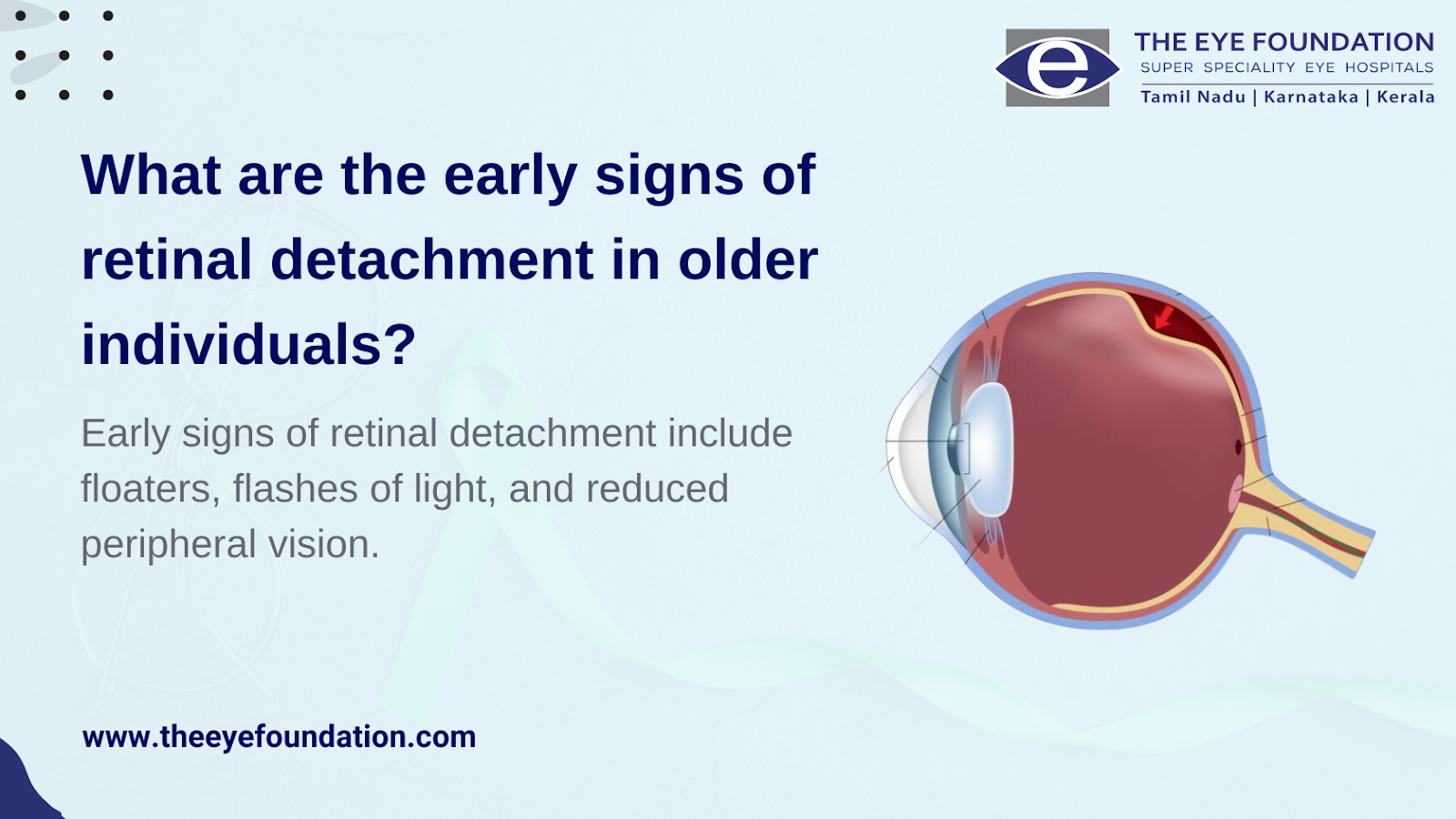Retinal detachment occurs when the retina, a thin layer of tissue at the back of the eye, separates from its normal position. This condition can affect vision and, if left untreated, may lead to blindness. Early detection plays a key role in identifying this condition, providing opportunities for prompt intervention to protect and preserve vision. Below, we explain why early intervention is necessary.
Contents
What Is Retinal Detachment?
Retinal detachment happens when the retina becomes disconnected from the tissue that provides its blood supply. This separation disrupts the retina’s ability to process light signals and send visual information to the brain. Various factors can contribute to this detachment, including injury, aging, or a tear in the retina.
The condition is generally classified into three types.
- Rhegmatogenous Detachment: Caused by a tear or hole in the retina, allowing fluid to seep beneath and separate it from the underlying tissue.
- Tractional Detachment: Occurs when scar tissue pulls on the retina, commonly seen in individuals with diabetes.
- Exudative Detachment: Involves fluid building up beneath the retina without any tear or hole.
Understanding these types helps eye specialists diagnose the condition accurately and recommend the most effective treatment options.
What Are Warning Signs and Symptoms?
Recognizing potential warning signs of retinal detachment can prompt quicker responses. Common symptoms may include the sudden appearance of floaters or flashes of light in the vision. Floaters often appear as tiny dots, lines, or cobweb-like shapes moving across the field of view.
Another possible symptom is a shadow or “curtain-like” effect creeping over peripheral vision. Individuals experiencing these changes may notice a gradual decrease in their vision’s sharpness or clarity. While these symptoms can be associated with other eye issues, they may indicate retinal problems requiring prompt attention from a specialist.
Who Is at Risk for Retinal Detachment?
Specific factors may make some individuals more likely to develop this condition. These include a history of eye injuries or trauma and previous eye surgeries, such as cataract removal. Age also plays a role, as retinal detachment becomes more common in individuals aged 50 and older. People with a family history of retinal issues or certain conditions like severe nearsightedness may be predisposed to the condition. Regular eye health monitoring is effective for anyone with these risk factors.
How Can Eye Exams Help Detect Retinal Issues Early?
Routine eye exams help detect retinal issues at an early stage. During an exam, an eye specialist examines the eye’s overall health, using specialized equipment to check for signs of tears, holes, or other abnormalities in the retina. Dilation of the pupils often provides a clearer view of the retina, allowing for a thorough evaluation. By detecting potential issues early, treatments can be more effective and tailored to prevent complications. Regular appointments with an eye care provider are reliable for maintaining eye health and safeguarding vision against potential risks.
See an Eye Specialist Today
Retinal detachment demands attention and awareness to protect vision. Understanding its signs and risk factors helps highlight the benefits of routine eye exams. If you notice changes in your vision or fall under at-risk categories, consulting with an eye specialist can provide clarity and guidance. Schedule your appointment today and take actionable steps to protect your eyesight.
